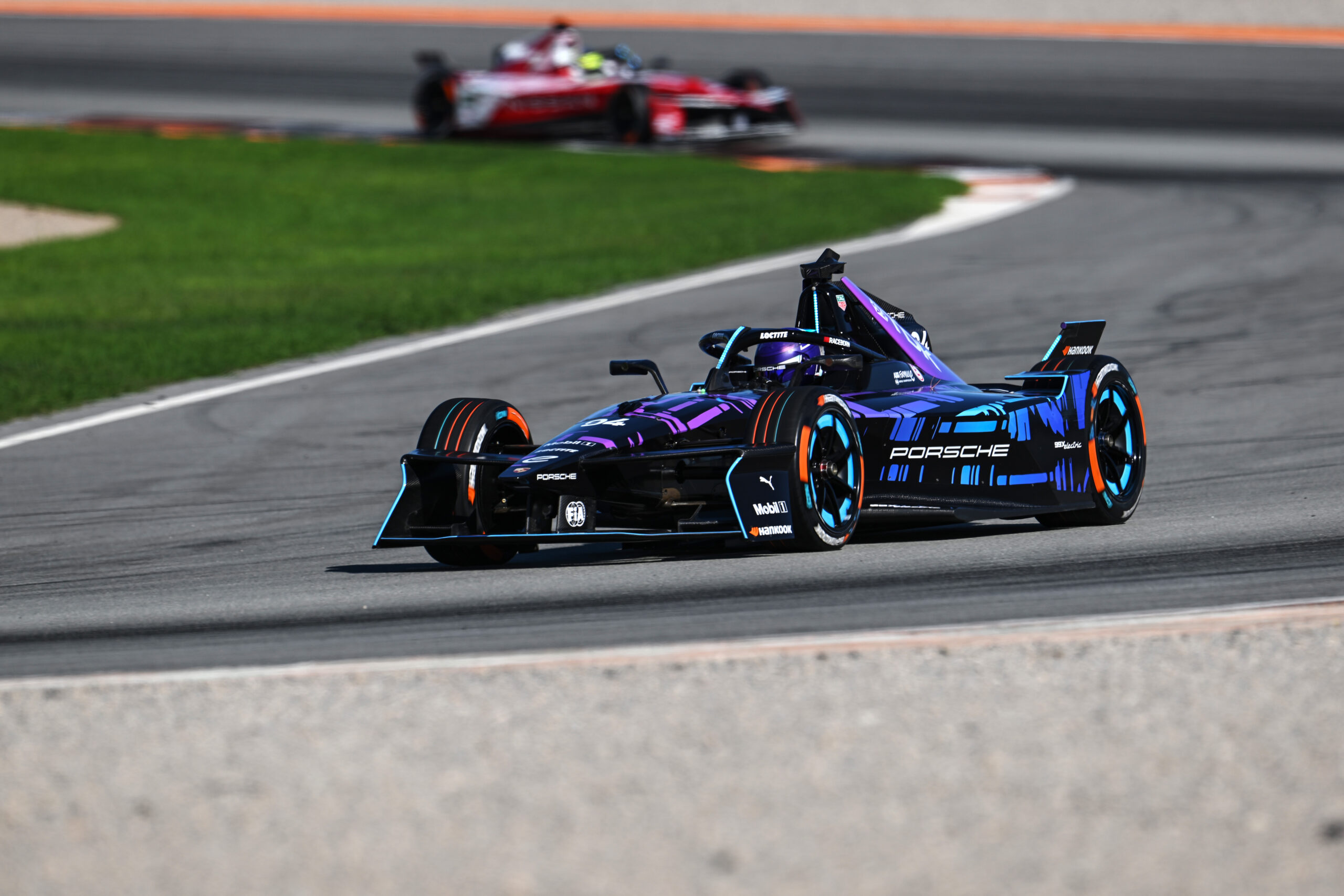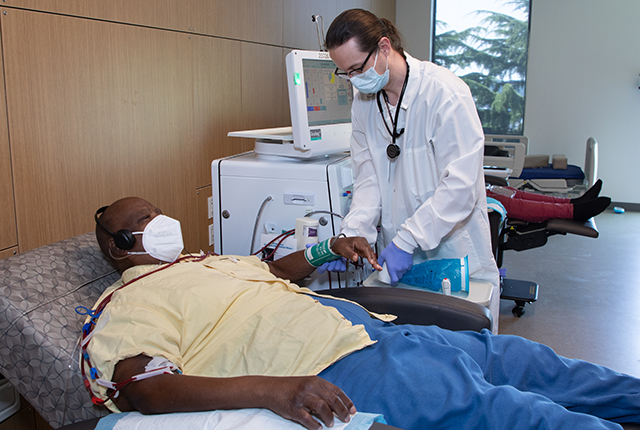At IDWeek 2025, held on 19–22 October, Dr Loren Miller from Harbor-UCLA Medical Center/Lundquist Institute presented efficacy and safety data from a Phase Ib/IIa randomised, placebo-controlled trial investigating Armata Pharmaceuticals’ intravenous bacteriophage cocktail, AP-SA02, in adult patients with bacteremia caused by Staphylococcus aureus.
Bacteriophages, or phages, are viruses that can selectively target and kill bacteria. They work by infecting specifically targeted bacteria with phage DNA. This allows the phage to replicate inside of the host cell, produce phage offspring, and then lyse the bacterial cell to release the new phages. Phages are particularly advantageous anti-infectives as they are novel therapeutics, can target antibiotic-resistant bacteria, can be used as monotherapy or combination therapy, and do not cause microbiome disruption in patients.
S. aureus is a commensal bacterium and part of the natural human microbiome in approximately 30% of people. Conversely, S. aureus can lead to serious infections, particularly in those with chronic health conditions, in intensive care units (ICUs), or with weakened immune systems. Staphylococcus aureus bacteremia (SAB) can lead to serious bloodstream infections, including cellulitis, sepsis, and endocarditis. The World Health Organization (WHO) categorised methicillin-resistant S. aureus (MRSA) as a high-priority pathogen in the 2024 WHO Bacterial Priority Pathogens List.
The Phase IIa portion of the diSArm trial (NCT05184764) included 42 patients who were 18 years of age or older and had been hospitalized and diagnosed with a positive blood culture for S. aureus. These patients were randomised into two groups: those receiving intravenous AP-SA02 at a dose of 2×10¹⁰ plaque forming units (PFU) or 5×10¹⁰ PFU every six hours for five days, in addition to intravenous standard of care (SOC) best available antibiotic therapy (BAT) for 14–56 days, or those in the placebo group receiving SOC BAT for 14–56 days. Test-of-cure (TOC) screenings were performed seven days after the end of AP-SA02 (Day 12), seven days after the end of BAT (Day 18–60), and 28 days after the end of BAT (Day 39–81).
The site of infections in the patients in the study included septic joint, cellulitis, osteomyelitis, pneumonia, sepsis, and endocarditis; 19 of the patients tested positive for MRSA. The BAT antibiotics included cefazolin, vancomycin, oxacillin/nafcillin, daptomycin, cefepime, and ceftriaxone; some patients received more than one antibiotic.
At all TOC screenings, the clinical response in patients receiving AP-SA02 plus BAT was higher than in patients who had received the placebo plus BAT, including in patients with MRSA and methicillin-susceptible S. aureus (MSSA). On average, the AP-SA02 plus BAT–treated patients observed an initial resolution of their SAB infection in 2.7 days, compared to 9.3 days in the placebo plus BAT–treated group. Additionally, the AP-SA02 plus BAT–treated patients were discharged from the hospital after approximately 11.7 days and had a mean C-reactive protein level of 50.2mg/l on Day 12, compared to 19.2 days and 97.3mg/l, respectively, in the placebo plus BAT group.
Overall, AP-SA02 was found to be generally safe and well tolerated. Adverse events (AEs) were observed in 66% of patients who received the AP-SA02 plus BAT therapy, and treatment-emergent AEs (TEAEs) were observed in 59% of these patients. Only one patient was reported as having study drug–related TEAEs. One patient death was reported in the AP-SA02 plus BAT group, but this was found to be unrelated to infection, the study drug, or the BAT antibiotic.
The results of the Phase IIa trial support AP-SA02’s advancement into Phase III development. Armata Pharmaceuticals plans to initiate this pivotal study in 2026. The clinical success of AP-SA02 highlights its potential to fulfil a critical need for SAB patients.








